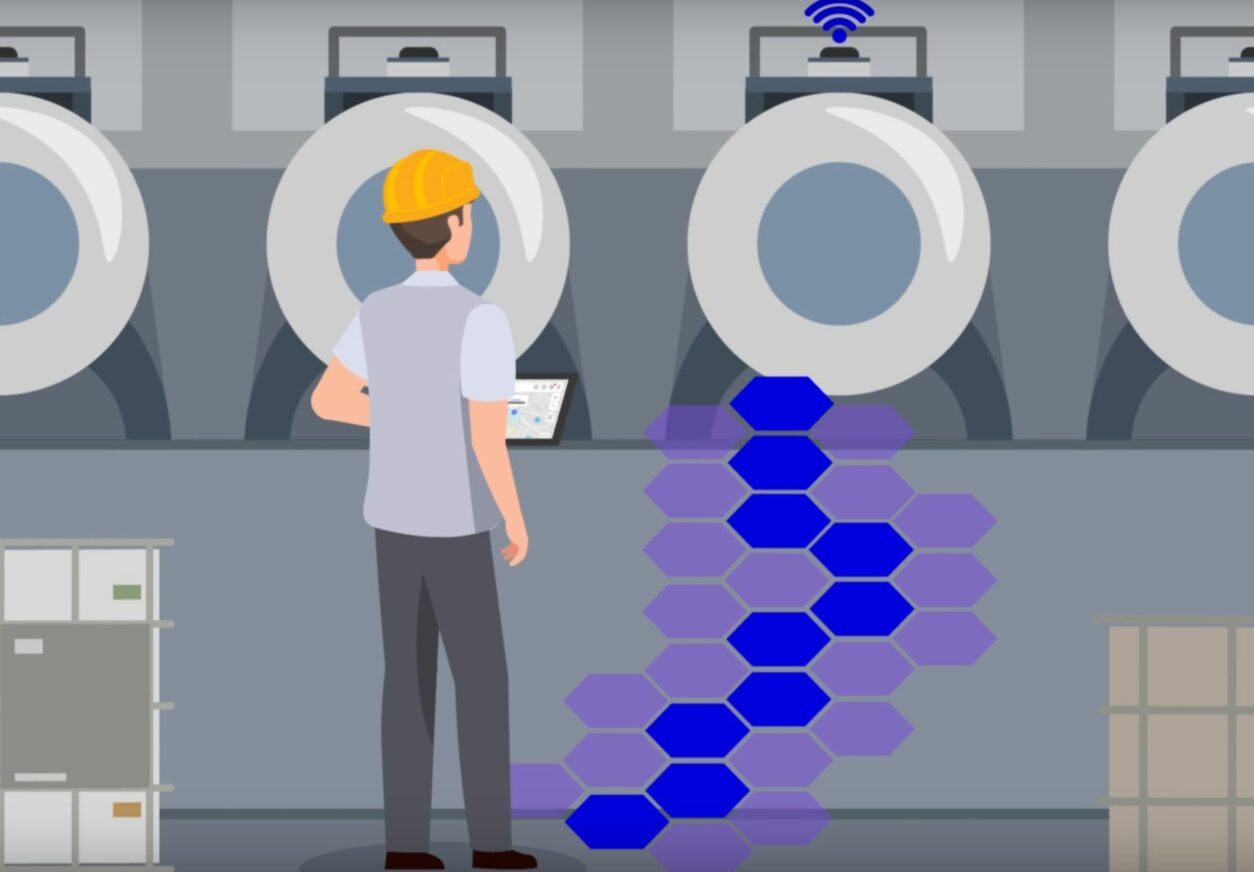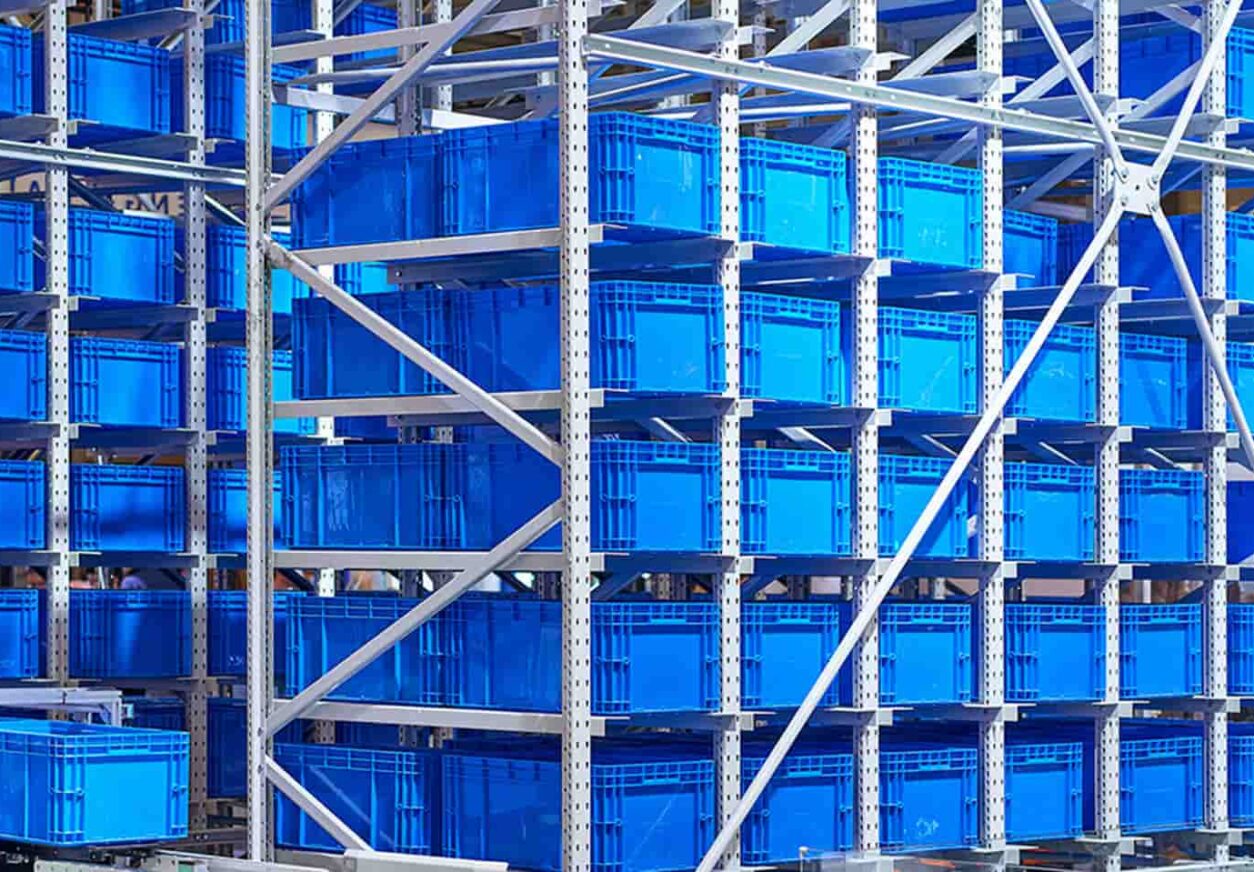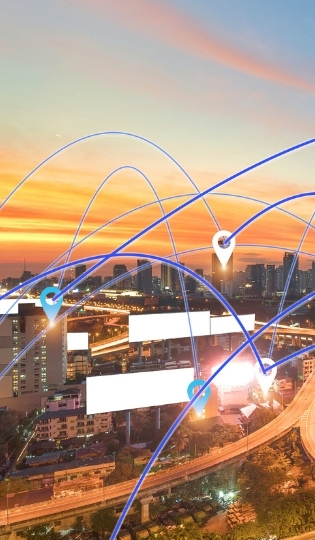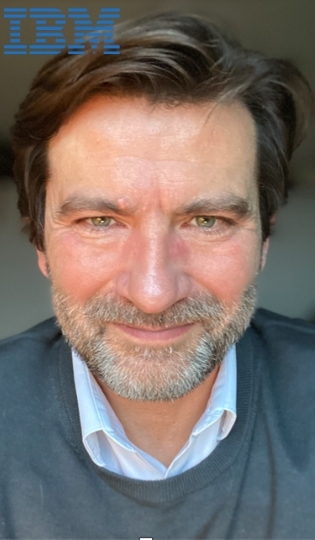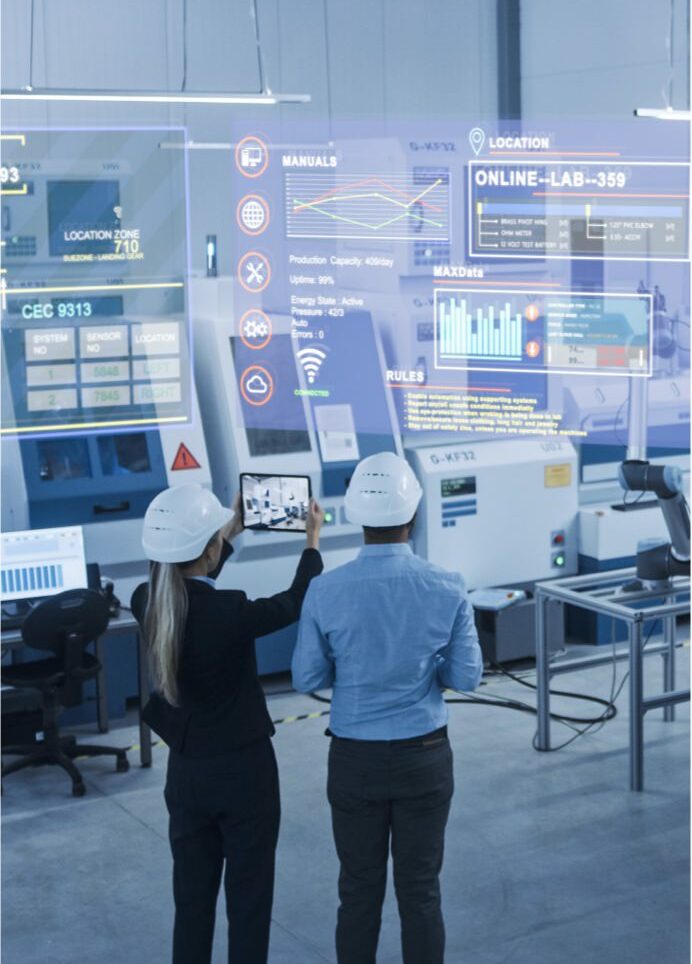A change in the industrial landscape
The IIoT will first of all change the factory of the future. Each machine, tool or means of production will be equipped with sensors and communication tools that will generate data. The analysis and exploitation of this data by artificial intelligence systems will allow considerable gains in productivity and safety.
Promises in terms of productivity and security
The IIoT will first of all enable efficiency gains throughout the production line. Robotics will be particularly impacted and robots on production lines will be able to perform more tasks, be more autonomous and make decisions.
However, production will not be the only one to benefit from IIOT. Indeed, IIOT will also have applications in predictive maintenance and predictive logistics.
Inventory management, cycle management and wear and tear management will thus be facilitated and optimized. Zozio products are part of this inventory optimization perspective.
However, IIoT will also make the factory safer for operators. Thus, the machine that interacts with its environment can slow down, stop or send alerts when it detects a presence or an anomaly. All these improvements will of course reduce costs at all levels of the production cycle.
Controlling and reducing costs
As a result, the adoption of IIoT solutions has increased and continues to increase around the world and the market is growing rapidly. According to a report by Grand View Research the global IIoT market is expected to reach $933.62 billion by 2025, up from just $109 billion in 2016. If manufacturers are positioning themselves more and more on IIOT, it is also because it allows them to control and reduce costs.
IIoT and artificial intelligence
The coupling of IIoT with artificial intelligence allows the prediction of events likely to occur on a manufacturing or supply chain. For example, the Zozio software uses artificial intelligence to predict and anticipate anomalies that could slow down the supply chain: vehicle collisions, inaccurate inventory management, poor positioning of goods.
Written by Emma Grignard


